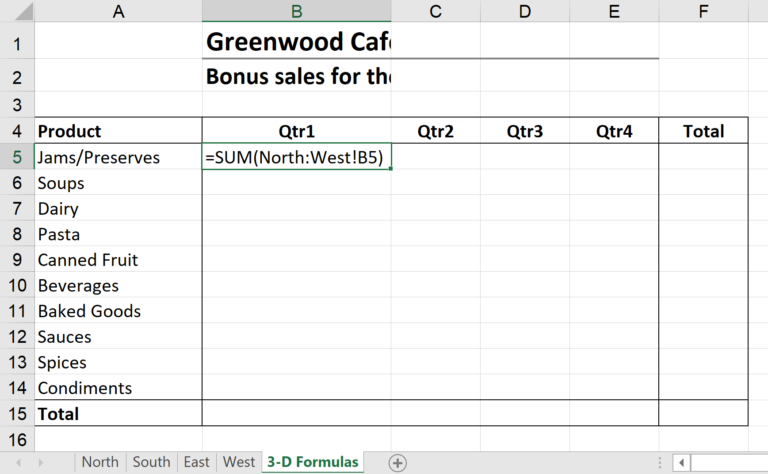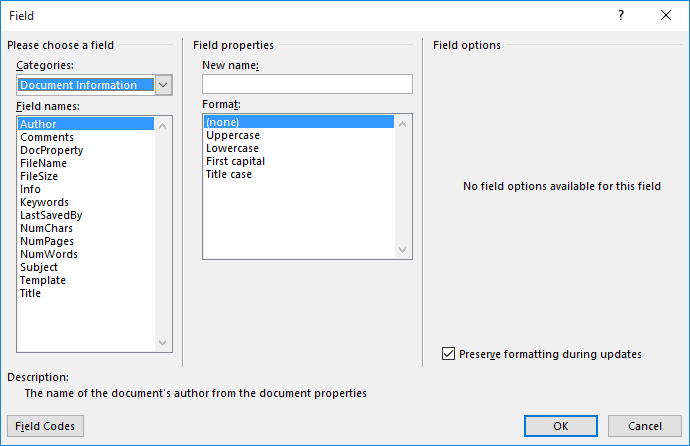
Do not insert any of your own opinions, interpretations, deductions or comments into a summary. A summary contains only the ideas of the original text. 3 Note down any other thoughts and questions that you have.Ī summary begins with an introductory sentence that states the text’s title, author and main point of the text as you see it. Read through the document again and highlight the most important points. The steps to summarizing a document are as follows: Read through the whole document once to get an overview. Prioritize the areas that you want to include in your summary from steps 2 and 3.Note down any other thoughts and questions that you have.Read through the document again and highlight the most important points.Read through the whole document once to get an overview.In the Type of Summary area, specify which of the four summary types you want to create.Ī summary is a record in a reader’s own words that gives the main points of a piece of writing such as a newspaper article, the chapter of a book, or even a whole book.Choose AutoSummarize from the Tools menu.Load and display the document you want to summarize.
#AUTO SUMMARIZE WORD 2010 PASSWORD#
And in some situations, this approach can also be used among with the password protection feature in PowerPoint. The same approach might work with other Office documents to open unsaved files or repair corrupted files. You can open PowerPoint and then go to File -> Information -> Manage versions -> Recover Unsaved Documents and there should appear the file that you missed.

If it is the file that you want to recover, click Save As on the File menu, give the file the name that you want for your presentation, select the folder where you want to save it, and then click Save.Īnother alternative is to use the Office 2010 recovery functionality. Double-click the file that you renamed to open it in PowerPoint.You can give the file any name that you want, but you must give it a “.ppt” extension. If a file that matches the search criteria is found, right-click the file, and then click Rename.In the dialog box, type ppt*.tmp under Search for files or folder named, and then click Search Now.Click Start, point to Search, and then click For Files or Folders.To recover the temp file, follow these steps: However, if the PPTnnnn.tmp file is recovered, there is no guarantee that it is a good copy of the presentation. You may be able to Undelete the PPTnnnn.tmp file. It may be possible to recover the PPT PPTnnnn.tmp file if no other data has been made to the hard drive. You can run a global search in your computer and try to find a file with the following pattern: ppt*.tmp Example of PowerPoint Autosave location Steps to Recover the PPT file saved as PPTnnnn.tmp tmp file somewhere in the disk is likely.

So, if the system was crashed or you forgot to save your file by mistake, then the chances that you can find a. When you save your presentation (on the File menu, click Save), the PPTnnnn.tmp file is deleted. Whenever AutoRecover saves a presentation that you are working on, that information is stored in the PPTnnnn.tmp file, where “ nnnn” represents random numbers that PowerPoint generates automatically.
#AUTO SUMMARIZE WORD 2010 HOW TO#
Recover pptx presentation How to Recover a PowerPoint File Not Saved?


 0 kommentar(er)
0 kommentar(er)
